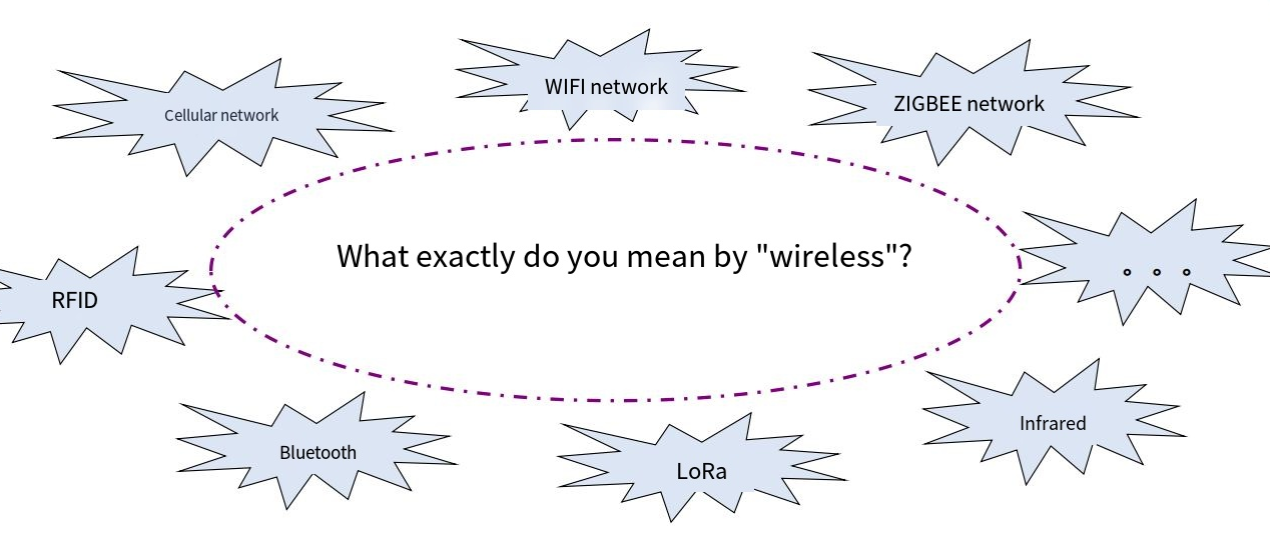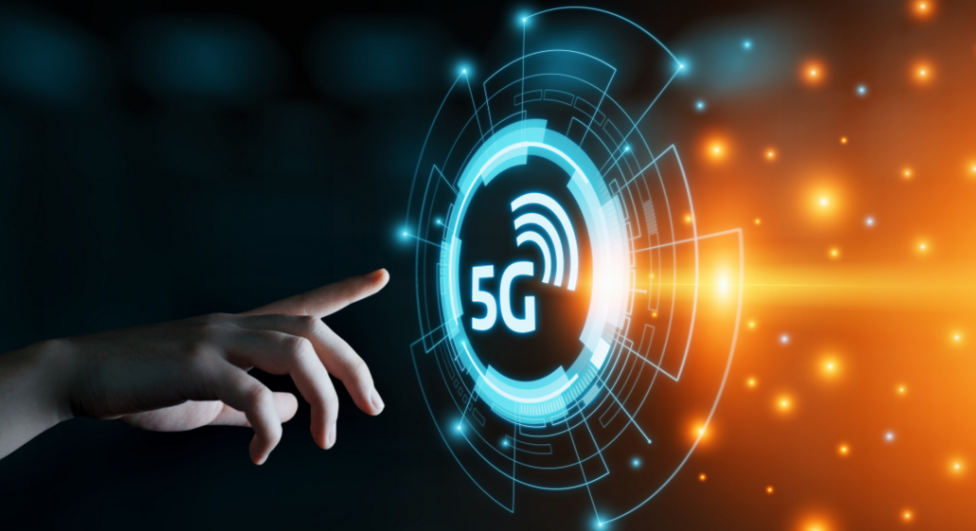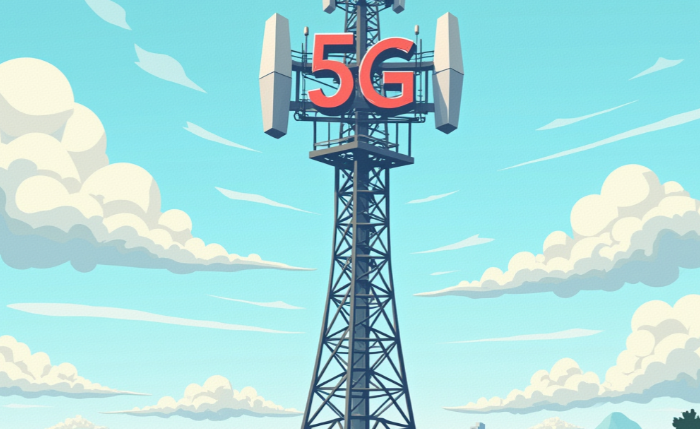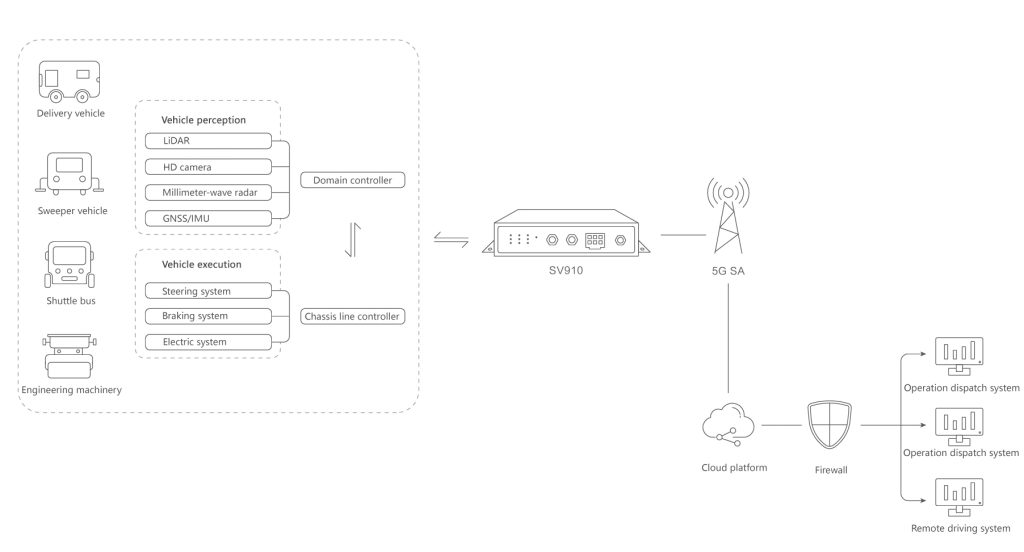SEARCH
— 葡萄酒 | 威士忌 | 白兰地 | 啤酒 —
— 葡萄酒 | 威士忌 | 白兰地 | 啤酒 —
 Preface
PrefaceHello tech experts, I am a technical support engineer from key-iot. Recently, I’ve been deeply involved in 5G network deployment and optimization projects, particularly in industrial IoT and vehicle networking applications. I’ve noticed that most discussions about 5G technology in forums remain superficial. Today, I want to dive deep into the essence of 5G networks from a technical architecture perspective, combined with our actual deployment experience, and discuss the technical challenges in real-world applications.This article is not aimed at general audiences but focuses on technically-minded professionals. It will involve extensive technical details and real test data. If you’re interested in the technical implementation details of 5G, this article should provide valuable insights.
Many articles mention SA and NSA, but few deeply analyze the fundamental differences in their technical implementation. From our actual deployment experience, the differences between these two architectures are far greater than imagined .SA (Standalone) Independent Networking centers on having a complete 5G core network architecture, including:
Under this architecture, all uplink and downlink connections are achieved through 5G base stations, fully unleashing 5G’s core capabilities like network slicing and edge computing
.NSA (Non-Standalone) Non-Independent Networking adopts a hybrid architecture of 4G core network + 5G base stations. The problem with this architecture is that while the wireless access part uses 5G technology, the core network processing capability is still limited by the 4G architecture, unable to achieve true low latency and high reliability
.From our actual test data, SA networks significantly outperform NSA networks in latency performance. This difference is particularly pronounced in URLLC application scenarios.
5G networks employ entirely new spectrum resource allocation strategies. From a technical implementation perspective, 5G primarily uses three frequency bands:
Each frequency band has unique propagation characteristics and application scenarios. In our actual deployments, the 3.5GHz band is most commonly used because it achieves a good balance between coverage range and penetration.

eMBB (Enhanced Mobile Broadband) as the first commercial 5G scenario has relatively mature technical implementation . However, from an engineering practice perspective, eMBB’s main challenges include:1. Carrier Aggregation Technology Achieving higher data rates by aggregating multiple carriers, but this requires terminal devices to have stronger signal processing capabilities.2. Massive MIMO Technology Improving spectral efficiency by increasing the number of antennas, but this also introduces problems of inter-antenna interference and signal processing complexity.3. High-Order Modulation Technology Using high-order modulation techniques like 256QAM to improve data transmission efficiency, but requiring extremely high signal quality.
URLLC (Ultra Reliable Low Latency Communications) is the most challenging application scenario for 5G
. From a technical implementation perspective, URLLC faces main challenges including:1. Latency Control To achieve ultra-low latency within 1ms, optimization is needed at multiple levels:
2. Reliability Assurance To achieve 99.999% reliability, requirements include:
In our vehicle networking projects, 5G network coverage requirements for autonomous vehicles are extremely strict: 5G RSRP≥-72dBm, signal-to-noise ratio 5G SINR≥18dB, latency <20ms
. These indicators seem simple but require precise network planning and optimization in actual deployment.
MMTC (Massive Machine Type Communications) primarily solves large-scale connection problems in IoT scenarios
. The core technical implementation challenges include:1. Connection Density To support 1 million device connections within 1km², requirements include:
2. Power Consumption Control Most IoT devices need long-term operation, requiring:
We conducted detailed SA network testing in Huawei’s laboratory, with test data revealing the relationship between 5G network performance and signal quality
:Hangzhou Test Point:
Shenzhen Test Point:
Chengdu Test Point:
Wuhan Test Point:
This data set reveals several key patterns:
In 5G network deployment, SIM card selection is often overlooked, but it’s actually an important technical decision point
.Technical characteristics of IoT cards:
Technical advantages of fixed IP: From a network architecture perspective, fixed IP is not just about management convenience, but more importantly:
For vehicle applications, we strongly recommend using embedded SIM cards with industrial-grade and automotive-grade specifications or higher, as the vibration and temperature variations in vehicle environments place extremely high reliability requirements on SIM cards .

Public network 5G technical characteristics:
Core advantages of private network 5G:
From our deployment experience, for critical business applications, private network deployment, while costly, shows clear advantages in reliability and security .

Network slicing is one of 5G’s core technologies, allowing creation of multiple logically independent networks on the same physical network infrastructure. In industrial IoT applications, we typically create several types of slices:1. Control Slice: Used for real-time control signals, requiring ultra-low latency 2. Data Slice: Used for large data transmission, requiring high throughput 3. Management Slice: Used for device management and monitoring, requiring high reliability
The combination of 5G and edge computing is key technology for achieving Industry 4.0. In our actual deployments, edge computing nodes are typically deployed at:
This architecture can reduce data processing latency to under 5ms, meeting real-time requirements for industrial control.
Although 5G is not yet fully mature, 6G research and development has already begun. From technology development trends, 6G will focus on solving:
5G networks are not just a communication technology upgrade, but a complete reconstruction of the technological ecosystem. From our actual deployment experience, 5G’s true value lies in its ability to support diverse application scenarios, particularly in industrial IoT and vehicle networking.However, 5G deployment and optimization is a complex systems engineering project requiring comprehensive consideration across multiple dimensions including network architecture, spectrum resources, and terminal equipment. Only by deeply understanding 5G’s technical essence can we fully leverage its advantages in practical applications.I hope this article provides valuable technical references for everyone. If you have specific technical questions, please feel free to discuss them in the comments section.
Mo